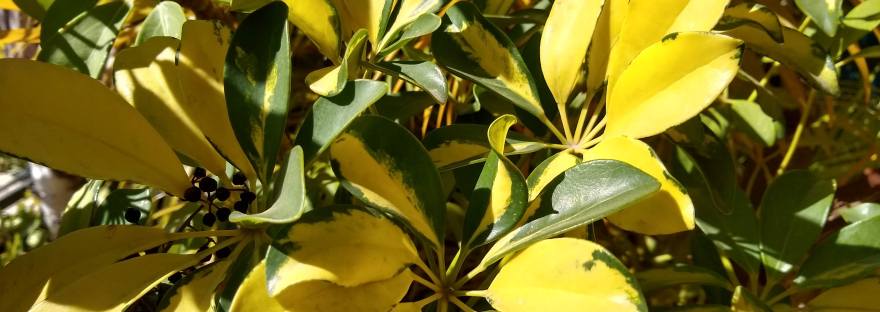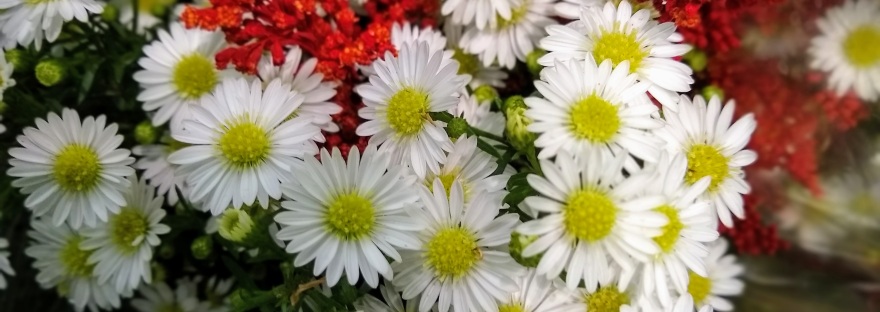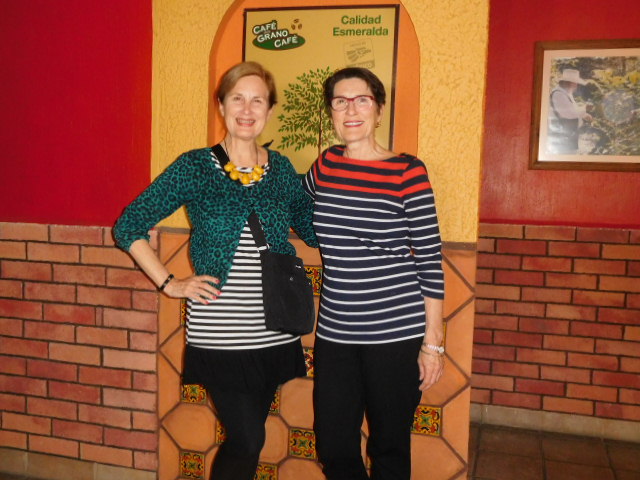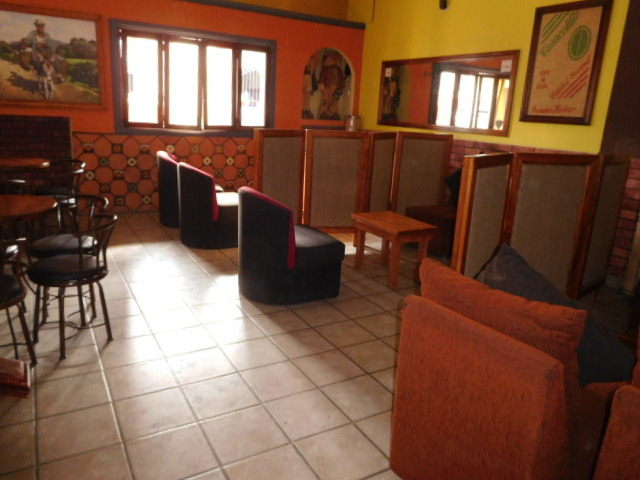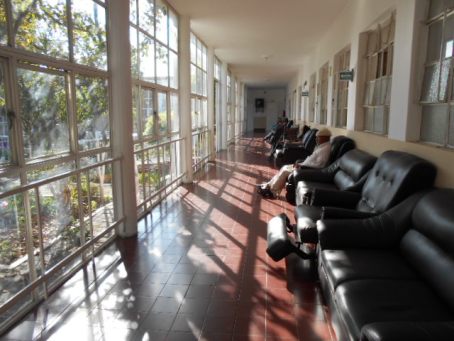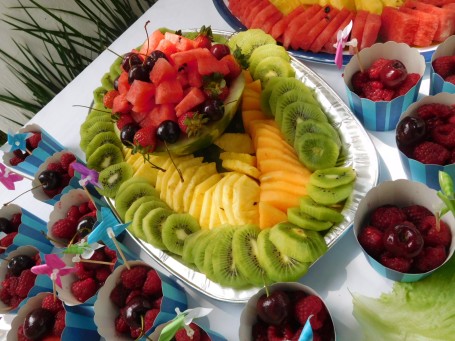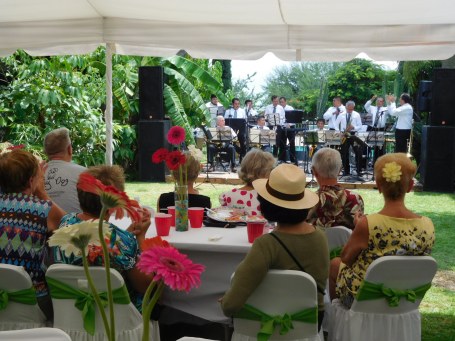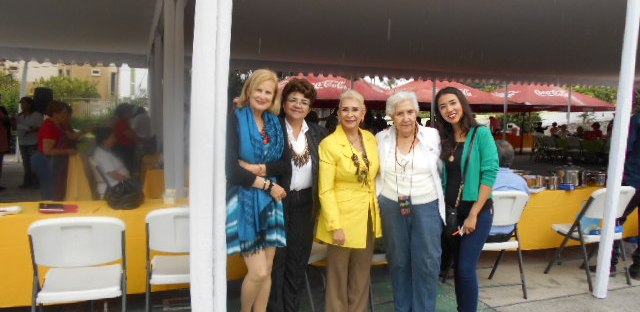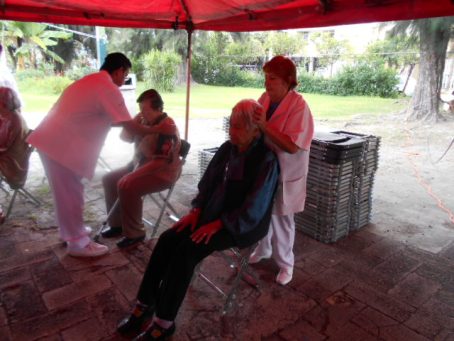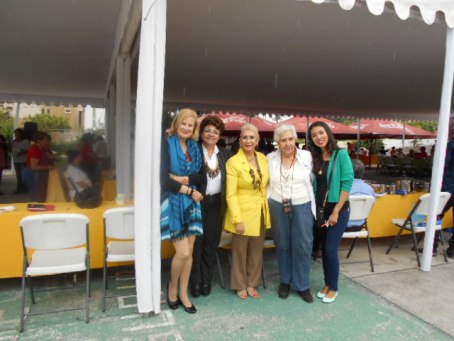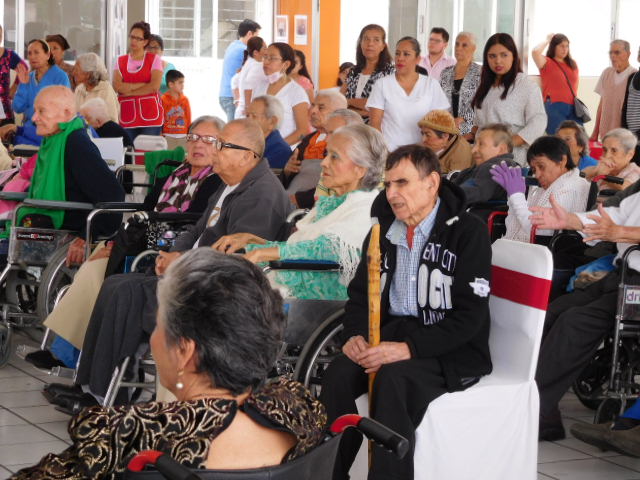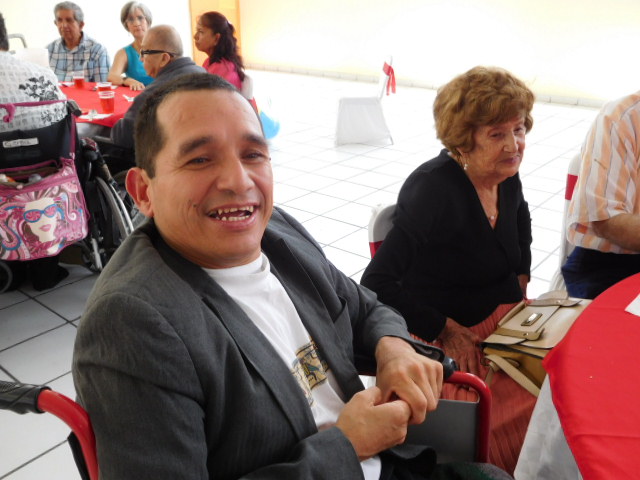Oh, did someone say FALL or FALLING?!!!
One hour south of Guadalajara, Mexico’s second largest city, is the quaint village of Ajijic, a Pueblo Magico. For those of you who have visited or lived there, you have may have heard or read that the village is also known as the “City of Fallen Women.”
The Fallen Women are foreigners. Foreigners who have tripped on river rock, rough cobblestone, or lone pieces of steel rebar. They have broken hips, femur bones, wrists, or sadly lost their lives with complications from falls. Fewer men fall. As I write it is reported that one older adult male was walking in Chapala Centro, three miles from Ajijic, at 8:19 a.m. Sunday, September 26. According to a witness, he fell, hit his head, and died.
A few years ago, I felt just as sorrowful when I learned a similar story. I think of it often. A 60-year-old male fell in Ajijic, impaled his head on river rock, and died. Someone reported he was fit and had no health conditions. That may be true or not. No matter what, surviving a fall or dying from a fall is sad and painful, an event to be avoided no matter where you live. But if you are in Mexico it’s good to have a plan if you do fall and to walk with awareness even though it is easy to get distracted.
The worst-case scenario is falling and dying alone. In Mexico your body will be transported to the closest SEMEFO (Servicio Medico Forense or Medical Forensic Service) for an autopsy and your family and friends will have quite a challenge retrieving your corpse. Even if your government makes a call to assist, your government does not interfere or have influence with the Mexican government SEMEFO unless you get lucky.
Several ladies I’ve met at Lake Chapala have fallen on the street or at home. Fortunately, they were in company or had cell phones to call for help. They also had immediate access to doctors. They or companions had pre-organized for such an event, just in case. Recovery was rarely easy but thankfulness for rescue is the continued message.
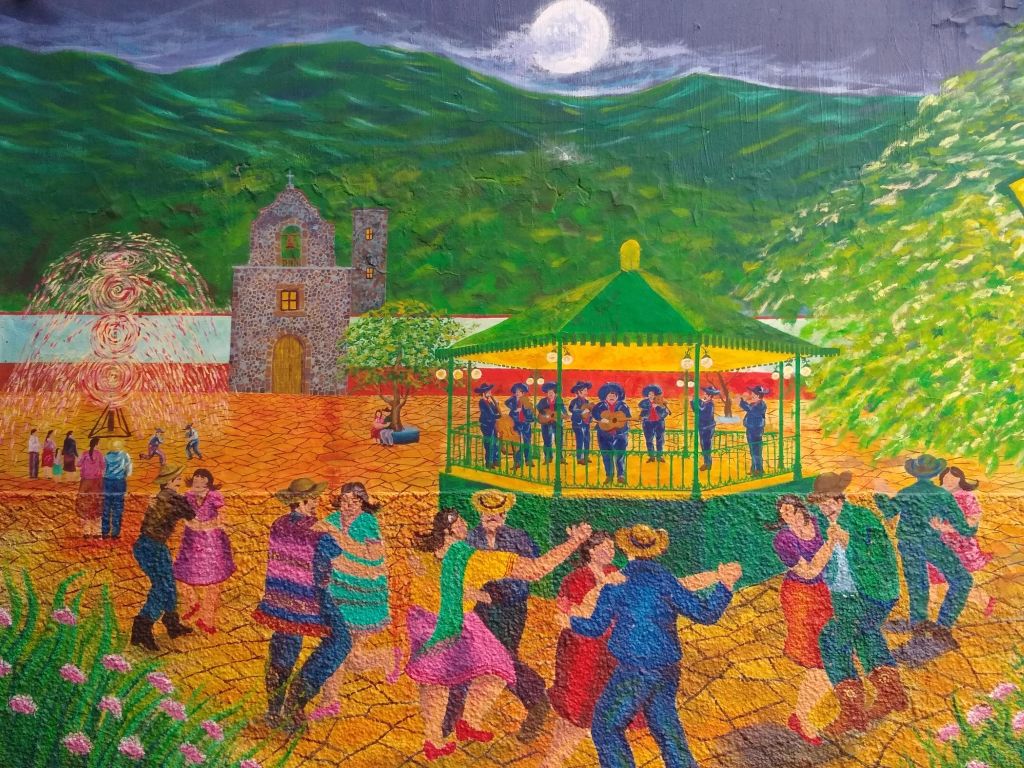
Fall Awareness Week was commemorated September 18-24 in the U.S.
Throughout the coming fall/autumn weeks fall prevention workshops are being held at senior centers in the U.S. Fortunately, in Mexico, most expat communities offer balance and exercise classes as well as services with local physical therapists.
Current statistics related to older adults falling in the U.S. (and Mexico):
The U.S. Center for Disease Control (CDC) and innumerable other studies report the following:
1 in 4 older adults fall each year
1 in 4 falls result in an increased level of care
Every 19 minutes an older adult dies from a fall (in the U.S.)
Persons with Alzheimer’s and other forms of dementia fall more, and person-centered care is critical for them
Falls are the leading cause of both fatal and non-fatal injuries for older adults
The cost of falls is $50 billion per year across the U.S. health system – emergency rooms, hospitals, rehab, and more.
Mexico’s INEGI (National Institute of Statistics and Geography) has population stats, aging stats, and mortality figures (but not by cause). On the Instituto Nacional de Geriatria Mexico City website I was unable to discover statistics related to falls. Studies of the last three years have focused on poverty, nutrition, care of chronic illness, and COVID. Nonetheless, falls happen in Mexico, and not just to expats.
With care and attention most falls can be prevented. When they are prevented, they save you and healthcare systems high costs financially, physically, and emotionally.
What should anyone of any age, especially an older adult, pay attention to now? Preventive measures?
1. Assess your fall risk. Protect your bones. Many older adults are not aware they may be walking around with osteoporosis, also known as the “silent disease”. The cost of a bone density test in Mexico is reasonable (for most). Discuss the results with your physician, chiropractor, or naturopath. Read about diet, exercise, supplements and more.
2. Join an exercise program focused on building balance and strength. Expat communities throughout Mexico offer pilates, yoga, training at gyms, and specialized classes for older adults at senior centers known as “centros geriatricos.” As mentioned, physical therapy may also be helpful.
3. Dress sensibly. Wear clothing you will not trip on. Wear sensible shoes that support and cushion your feet. Flip flops, for example, are not the best choice of sandal at a certain age, easy to twist an ankle.
3. Check your vision, hearing, and medications. Some medications may cause weakness, fogginess, forgetfulness. Be aware.
4. If you do fall, yes, there could be an emotional toll. You may feel shame or anxiety. Even if the fall is unwitnessed, best to share the information with chosen healthcare professionals and friends. It is fine to self-recover but letting someone know what happened will create a history to refer to and will assist healthcare professionals should you fall again (hopefully not).
5. Consider using a cane or walking stick. No need to stay inside. Movement is more important than no movement. Walk in safe places without skateboards, bicycles, and other moving forces that could harm you.
6. Consider making where you live safe and barrier free by following universal living design standards. Wood floors and linoleum are preferred as the materials cushion falls to some degree. No slippery or wet floors. Well-lit rooms and corridors. Grab bars. See links below in Resources for ways to create an environment friendly to falls and most disabilities.
7. Companions or buddies to keep an eye on you. Whether you are a solo ager, married, or with a significant other, it is wise to have at least two persons you can call for rescue. Make that three, with your doctor. As the National Council on Aging suggests, “make fall prevention a team effort.”
Wishes for your wellness and no falls! Please be careful.
Resources:
National Council on Aging. https://ncoa.org/older-adults/health/prevention/falls-prevention
Safely You is a San Francisco-based company focused on preventing falls in senior living and skilled nursing. Their well-documented report “The 2022 State of Falls” is available for download on their website. https://www.safely-you.com/
Universal Design Standards for aging and disabilities https://aginginplace.com/universal-design/ https://www.buffalo.edu/access/help-and-support/topic3.html# https://www.forbes.com/sites/amandalauren/2019/07/28/building-and-designing-homes-for-people-with-disabilities/
Dr. Leslie Kernisan’s blog about medications that may cause falls https://betterhealthwhileaging.net/preventing-falls-10-types-of-medications-to-review/
https://www.homecaremag.com/february-2023/5-key-steps-protect-seniors-dangerous-falls
Wendy Jane Carrel, MA, is a Spanish-speaking senior care specialist and consultant from California. She has travelled Mexico for several years researching health systems, senior care, and end-of-life care to connect Americans, Canadians, and Europeans with healing options for loved ones. She has assessed hundreds of senior housing choices in 16 Mexican states. Her web site is https://www.WellnessShepherd.com.

